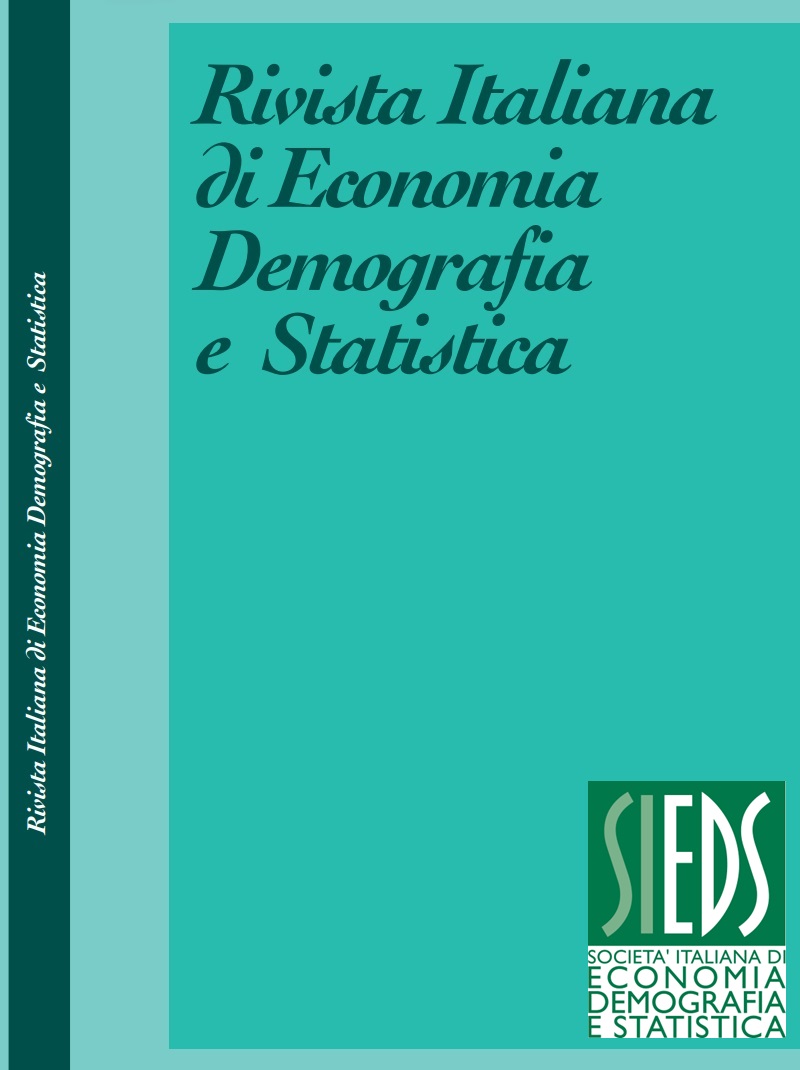Tourism as a means to counteract inner areas (ias) depopulation: the case study of Campania region
DOI:
https://doi.org/10.71014/sieds.v78i2.270Abstract
In recent years, there has been a growing interest in rural areas, affected by profound changes mainly in the shift of economic activity and population to urban areas. These phenomena have led to a crisis in the traditional structure and organization of rural areas, exposing them to the risk of economic, social and environmental decline. To combat demographic decline and promote sustainable territorial competitiveness, the Italian National Strategy for "Inner Areas" (SNAI) was born in 2013. Rural tourism has a high potential to stimulate local economic growth and social change because of its complementarity with other economic activities. These positive externalities can stop Inner Areas (IAs) population loss. This study proposes a theoretical model for the construction of a synthetic index to measure rural tourism in IAs, starting from 22 basic indicators declined in three Pillars: 1) Infrastructural density and touristic fluxes; 2) Economic impact of touristic sector and 3) Agricultural sector support. It was used a multisource approach (statistical and administrative sources, big data), by analysing 8 data sources: survey and administrative sources, Statistical registers and Big Data on Agritourisms. The research focused on the areas of the Campania Region and the complexity of rural tourism in the Peripheral, Ultraperipheral Areas (165 Municipalities) was compared with the Urban Centres and Belt (260 Municipalities) and the Intermediate municipalities (126). The result provides a tool for monitoring tourism sector by stakeholders and policy makers, useful to promote sustainable territorial competitiveness of IAs.
Downloads
Published
Issue
Section
License
Copyright (c) 2024 Antonella Bianchino, Daniela Fusco, Paola Giordano, Maria Antonietta Liguori, Donato Summa

This work is licensed under a Creative Commons Attribution 4.0 International License.



